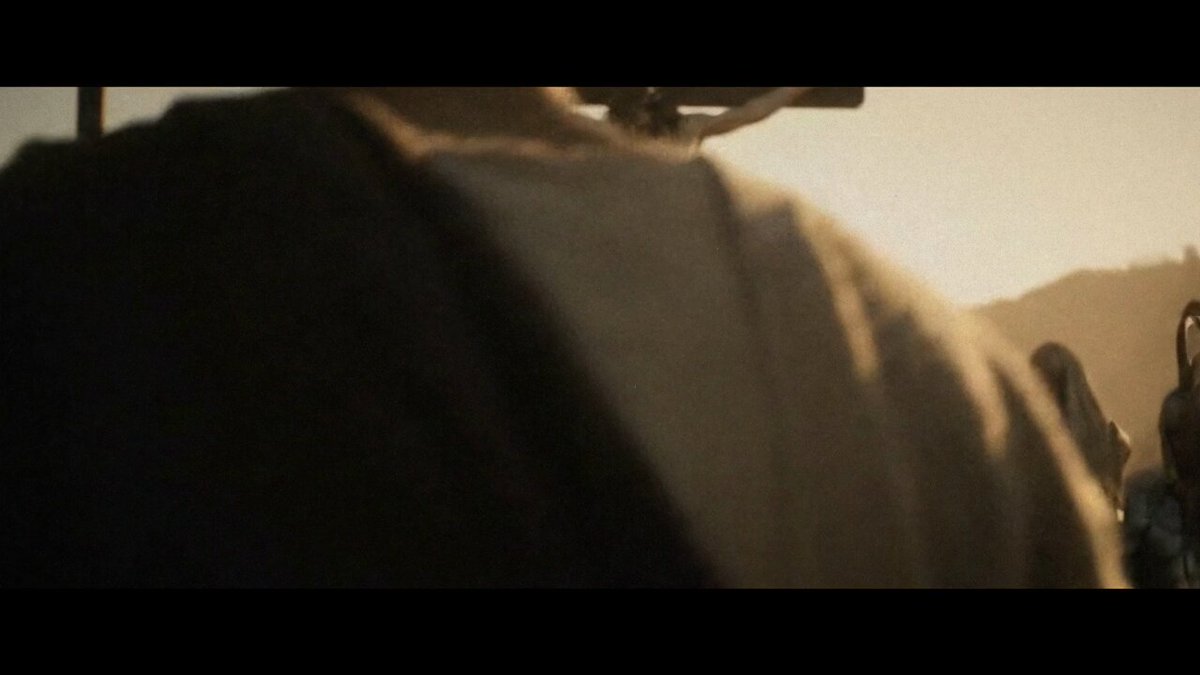TikTok Tuesday: Is AI video...good?
|
Everyone knows AI can do magical things. We also all know that sometimes it’s not quite as magical as we want it to be. Over the past few weeks, I’ve been testing out the latest wave of AI tools, especially the ones used for video. And in the midst of this, this ad from Kalshi caught my eye. Watch this:
The entire video is AI generated...sort of. Each clip was generated using Google’s Veo 3 (AI video creation). But to actually make the ad, the team still had to stitch everything together in CapCut, Premiere, and FCPX. So yes, it’s an AI-created ad, but it’s not something you can whip up with one prompt and zero editing experience. And I think that brings up an important point about the AI tools in marketing. They're just that: tools. Right now (and when used correctly) they're incredibly helpful for outlining, structuring, and generating concepts. What they can’t do (at least not yet) is edit or tell a compelling story. Which brings us back to the Kalshi ad. It works because each individual shot feels real. A year ago, capturing those scenes would’ve meant seven-figure production budgets. Now you can generate all of this for $20/month. But an important point: what makes this ad great isn’t the tech. It’s the storytelling, intensity, pacing, sequencing and rhythm. Each shot was carefully designed (or prompted in this case) to feel a certain way. The founder of the agency that made it even shared one of their prompt examples: And that’s just to create a single two-second clip. It doesn’t include the planning behind how each shot flows into the next, the overarching script that ties it all together, or the Kalshi graphics that update throughout. All of that still has to be done manually in after effects by a human. So what’s the takeaway? AI video is here. Just… maybe not in the way people expect or hype it up to be. Every brand should be exploring and experimenting with these tools. What used to take weeks of planning, massive budgets, and a small army of creatives can now be done by one or two people in a day or two. If you want to see another great example, check this video from Whop:
All the same concepts apply here: AI is generating the clips, but it’s humans behind the creative direction and editing. This is where the puck is headed and being early matters. By experimenting now, you can ride the novelty wave and build valuable, durable skills that’ll separate you as the space evolves. As a side note, if all this AI stuff feels overwhelming or out of your wheelhouse, and you’re looking to hire someone who gets it, you can post a job listing at jobs.brandfathers.org It’s something Oren, Jordan and I recently built to help brands find marketers who actually understand modern trends. We’re constantly getting asked to connect people with talent in our network so this is our attempt of scaling that. Plus it helps you dodge the flood of AI-slop applications that hit every LinkedIn job post these days. If you check it out, let me know what you think. We’re open to all feedback. -Ashwinn |
Consumer Branding + Marketing Insights
Today I want to unpack one of the most effective and lowest-cost marketing channels for emerging brands: creator gifting. I was thinking about this as I got a gift from a friend’s new chocolate milk brand, and how when done right, gifting can drive tens (and hundreds) of thousands in sales, tons of free UGC, super low CPMs, and efficiencies across ad performance. Now this isn’t quite influencer marketing, which tends to focus on bigger creators and often comes with briefs and five-figure fees...
Sinner and Świątek are the official winners of Wimbledon, but the unofficial winners? Their social team. If you were on TikTok or Instagram during the tournament, you might have seen a clip that went viral. Not of a highlight reel or championship point, but of two people in the crowd debating a player’s age. “He must be pushing 40.” “No, he's 38.” “Why, that would be pushing 40!” That’s from a series Wimbledon ran called Overheard at Wimbledon. It's a simple concept where they mic up willing...
While CMOs argue about whether they should even be on an app “for teenage girls doing dances,” a much bigger shift is happening. Namely, Tiktok is evolving from a feed-based app to a search-driven platform. That changes how content gets discovered, how brands get found, and how you win. I was recently in Cannes and saw this ad at the airport: It’s subtle, but it signals a major shift in how TikTok is positioning itself. Not just as entertainment, but as the go-to destination for discovery and...



